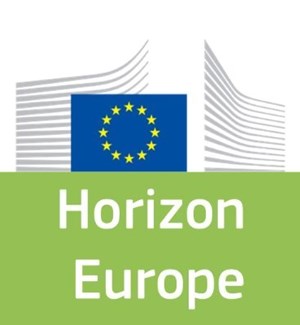With the current abundance of microplastics and nanoplastics in our environment, the exposure of humans and animals is unavoidable. It has been established that microplastics and nanoplastics are present in the drinking water and the ocean, and are inevitably consumed by aquatic organisms and mammals. The impact on humans remains to be explored, including the capacity of those substances to translocate through the gut barrier. The EU-funded MIGMIPS project aims to develop a novel in vitro approach to quantify the translocation of microplastics and nanoplastics through the gut epithelial barrier. To that end, scientists will work towards creating micro-physiological models that closely resemble the gut barrier as well as methods for the detection and characterisation of plastics inside biological tissues and liquids.
Want to analyze based on this project via our analysis tool? Analyze this project
Knowledge Gaps
Characterization test methods
Translocation within an organism
Environmental fate and behavior of plastic
Human and environmental effects and toxicity test methods
Cellular uptake of plastic





